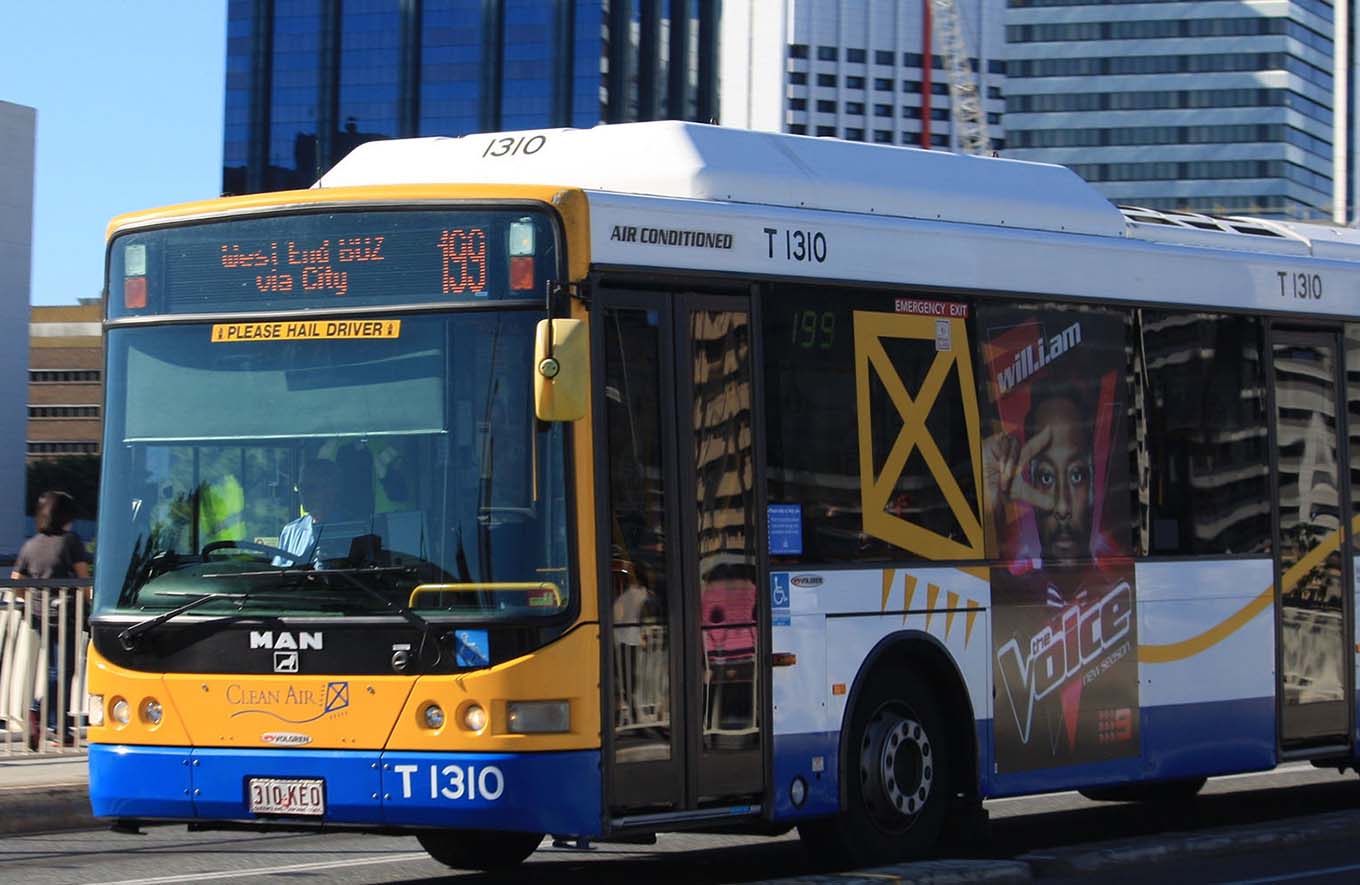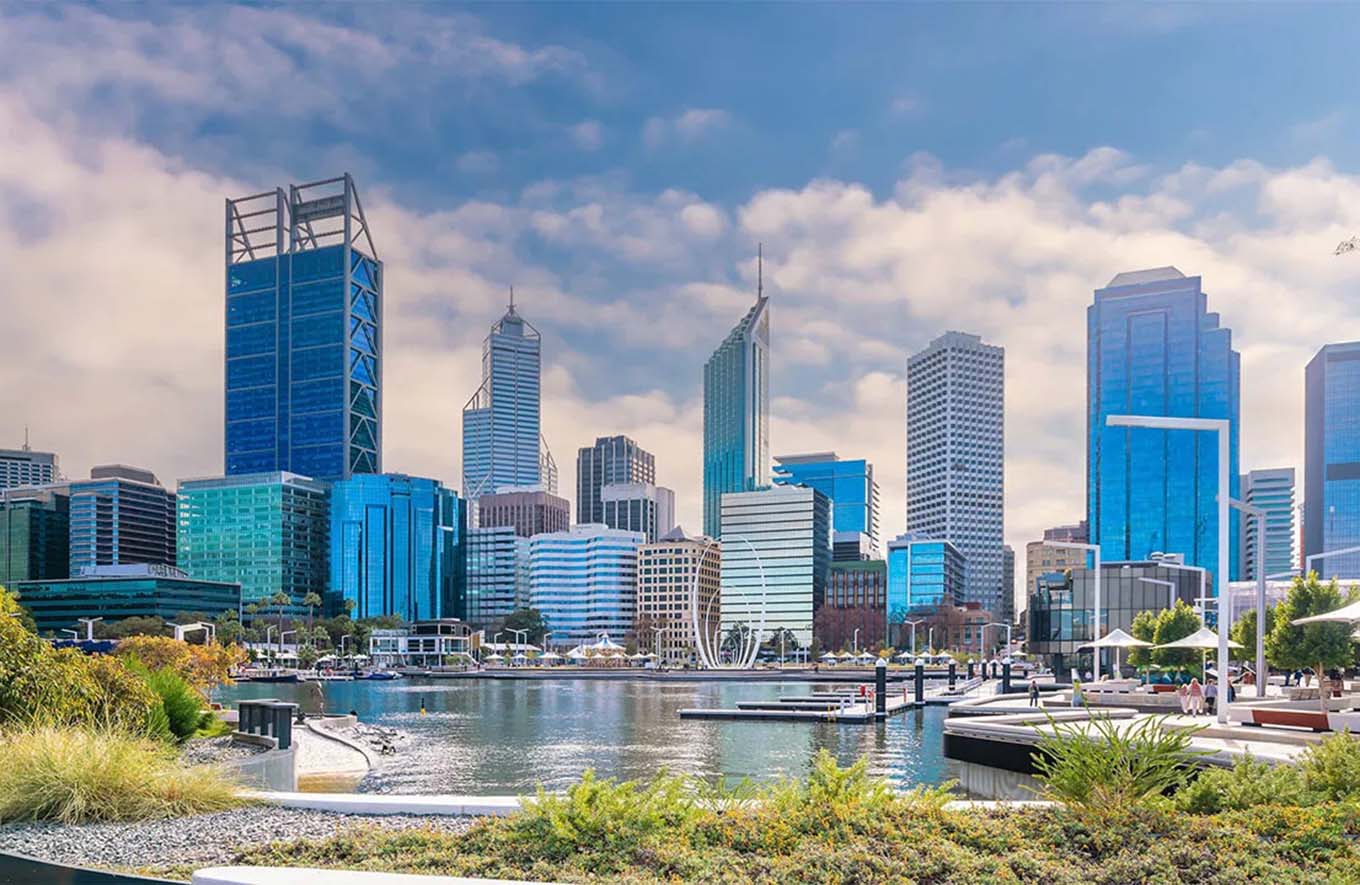Queensland, Australia’s second-largest state, is a diverse region brimming with vibrant cities, stunning coastlines, lush rainforests, and the iconic Great Barrier Reef. Whether you’re visiting bustling Brisbane, the cultural hub of the Gold Coast, or exploring the natural wonders of the Sunshine Coast and the Outback, getting around Queensland is an essential part of your travel experience.
1. Queensland’s Public Transportation System
Queensland’s public transportation system is extensive, offering a range of services that connect cities, towns, and rural areas. The system is primarily managed by TransLink in the southeast, covering the major urban centers of Brisbane, Gold Coast, and Sunshine Coast. For other parts of Queensland, services are managed by Queensland Rail and various regional transit authorities.
Key Modes of Transport:
- Trains: Queensland Rail operates long-distance and commuter trains across the state, providing an efficient way to travel between cities and regions.
- Buses: Bus services are widespread, particularly in urban areas, offering extensive coverage and frequent services.
- Ferries: Brisbane’s CityCat ferries provide a scenic and convenient way to travel along the Brisbane River.
- Trams: The Gold Coast is serviced by the G:link light rail, which connects major destinations along the coast.
- Regional Services: For those venturing into rural areas, regional bus services and trains are available, though they may be less frequent.
2. Brisbane: The Heart of Queensland’s Transit Network
Brisbane, the state capital, boasts a comprehensive public transport network, making it easy to navigate the city and its suburbs.
a. TransLink Integrated Network:
TransLink is the main provider of public transportation in Brisbane, integrating buses, trains, ferries, and trams into a seamless system. With a single go card, you can travel across all modes of transport.
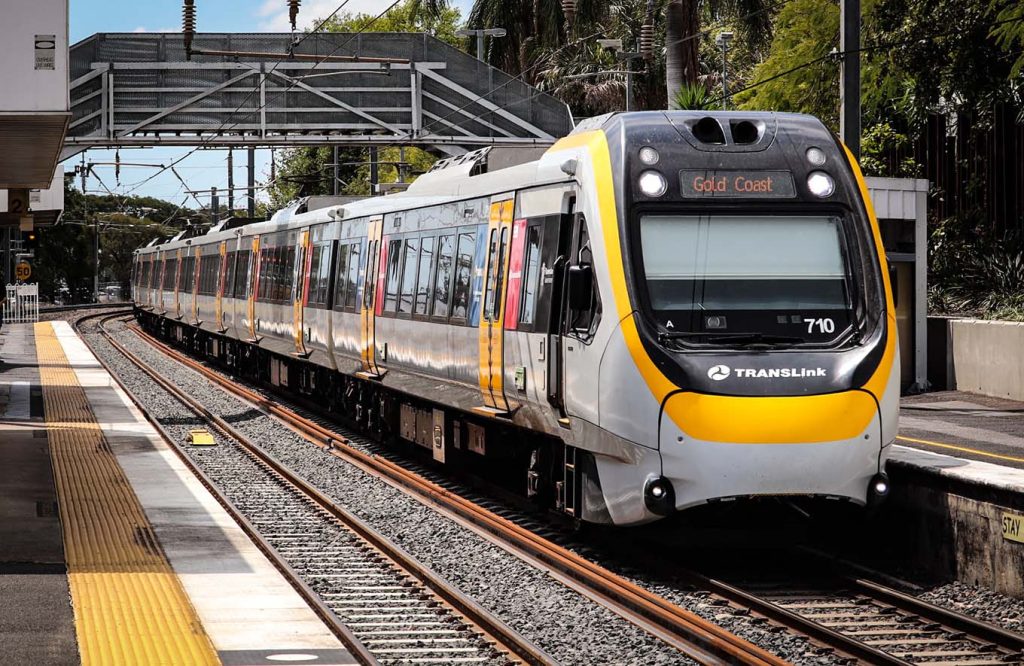
- Buses: Brisbane’s bus network is extensive, with routes covering the city center, suburbs, and key tourist attractions. The Brisbane City Council operates a free loop bus service in the CBD, making it easy to explore the heart of the city.
- Trains: The Queensland Rail Citytrain network connects Brisbane with its suburbs and extends to the Gold Coast, Sunshine Coast, and Ipswich. Trains are frequent, clean, and efficient, making them a popular choice for commuters and tourists alike.
- Ferries: Brisbane’s ferry services, including the iconic CityCat, offer a unique way to travel along the Brisbane River. With multiple stops along the river, ferries are not only practical but also provide stunning views of the city skyline.
b. Brisbane Airport to City Center:
The Airtrain service connects Brisbane Airport with the city center and the Gold Coast. Trains run every 15 minutes during peak times, providing a convenient and quick option for travelers.
3. Gold Coast: Surf, Sun, and Seamless Transport
The Gold Coast, known for its stunning beaches, theme parks, and vibrant nightlife, is well-served by public transportation, making it easy to explore the area without a car.
a. G:link Light Rail:
The G:link tram system is the backbone of public transport on the Gold Coast. The tram line runs from Helensvale in the north to Broadbeach in the south, passing through key areas like Surfers Paradise, Southport, and Main Beach. The trams are modern, frequent, and an ideal way to move between the Gold Coast’s attractions.
b. Buses:
Surfside Buslines operates an extensive bus network across the Gold Coast, covering areas not serviced by the tram. Buses connect with the G:link at major stops, ensuring smooth transfers between modes of transport.
c. Airport Connections:
Gold Coast Airport is located in Coolangatta, at the southern end of the coast. The airport is connected to the public transport system by buses that link to the G:link and other major destinations.
4. Sunshine Coast: A Relaxed Approach to Travel
The Sunshine Coast, known for its laid-back atmosphere and natural beauty, has a public transport network that caters to both locals and tourists.
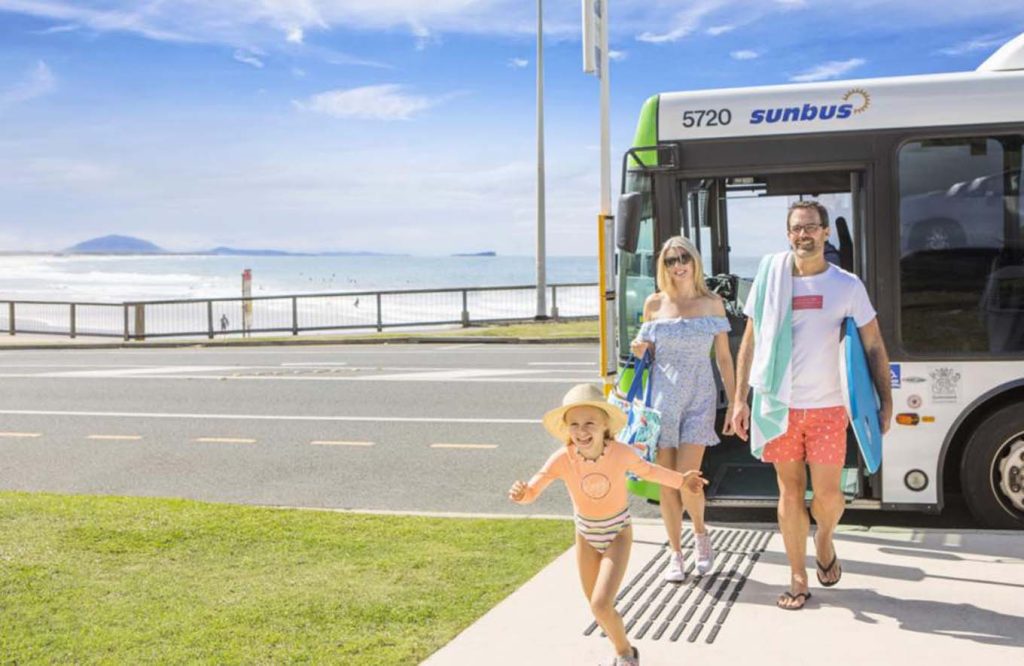
a. Buses:
Sunbus operates the majority of bus services on the Sunshine Coast, connecting towns like Noosa, Maroochydore, and Caloundra. While the bus network is not as extensive as Brisbane’s or the Gold Coast’s, it is still a reliable way to get around the region.
b. Trains:
The Sunshine Coast is connected to Brisbane by the Queensland Rail Citytrain network, with services running to Nambour and Gympie. From the train stations, buses provide connections to coastal towns.
c. Airport Transfers:
Sunshine Coast Airport, located in Marcoola, is serviced by shuttle buses that connect to major hotels and towns across the region.
5. Long-Distance Travel: Exploring Queensland Beyond the Cities
Queensland is a vast state, and traveling between its regions often involves long distances. Fortunately, there are several options for those looking to explore beyond the southeast corner.
a. Queensland Rail Travel:
Queensland Rail operates long-distance train services that connect Brisbane with regional centers and far-flung destinations. The most popular routes include:
- The Spirit of Queensland: Running between Brisbane and Cairns, this service offers a comfortable way to explore the coast, with stops at key destinations like Rockhampton, Townsville, and Proserpine (gateway to the Whitsundays).
- The Spirit of the Outback: This service travels from Brisbane to Longreach, passing through the heart of Queensland’s Outback and offering a unique look at the state’s rural landscapes.
- The Westlander and The Inlander: These services connect Brisbane with Charleville and Townsville with Mount Isa, respectively, providing access to Queensland’s western regions.
b. Coaches:
Greyhound Australia and Premier Motor Service operate long-distance coach services across Queensland, providing an alternative to train travel. Coaches offer flexibility in terms of routes and stops, and they are a cost-effective way to see the state.
c. Domestic Flights:
For those short on time, domestic flights are the quickest way to travel long distances within Queensland. Airports in Brisbane, Cairns, Townsville, Mackay, and Rockhampton offer regular services to destinations across the state.
6. Regional Transport: Navigating Queensland’s Smaller Towns and Rural Areas
While the major cities and tourist areas are well-served by public transport, navigating Queensland’s smaller towns and rural areas can be more challenging. However, several options are available:
a. Regional Bus Services:
Regional bus services, often operated by local councils or private companies, connect towns and rural areas with nearby cities. These services may be less frequent, so it’s essential to plan your journey in advance.
b. Community Transport:
In some rural areas, community transport services are available for residents and visitors who need assistance getting around. These services are typically run by non-profit organizations and may require booking in advance.
c. Car Hire:
For the ultimate flexibility, hiring a car is the best option for exploring Queensland’s more remote regions. Car hire is available in all major cities and at regional airports, giving you the freedom to explore at your own pace.
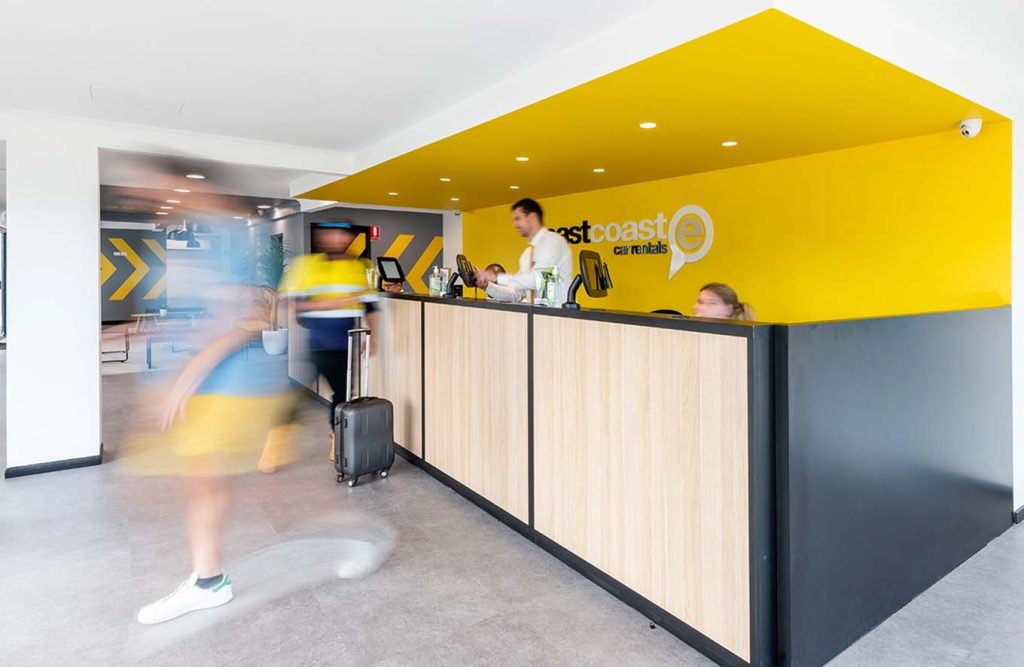
7. Tips for Using Public Transport in Queensland
Navigating Queensland’s public transportation system can be straightforward if you keep a few tips in mind:
a. Get a go card:
The go card is a smart card that allows you to travel on all TransLink services in Brisbane, the Gold Coast, the Sunshine Coast, and some regional areas. The card offers discounted fares compared to paper tickets and can be easily topped up online or at retail outlets.
b. Plan Your Journey:
Use the TransLink Journey Planner or the MyTransLink app to plan your trip and find the best routes and times. For long-distance travel, check Queensland Rail’s website for timetables and ticket options.
c. Be Punctual:
While public transport in Queensland is generally reliable, services may not be as frequent in regional areas. It’s essential to arrive on time, especially for long-distance trains and buses.
d. Consider Off-Peak Travel:
If you’re traveling within cities, consider using public transport during off-peak hours to avoid crowds and potentially lower fares.
e. Accessibility:
Queensland’s public transport system is generally accessible to people with disabilities. Most trains, buses, and ferries are equipped with facilities for wheelchair users, and assistance is available at stations.
The Convenience and Adventure of Public Transport in Queensland
Queensland’s public transportation system offers a convenient, affordable, and environmentally friendly way to explore this diverse state. Whether you’re navigating the vibrant streets of Brisbane, catching a tram along the Gold Coast, or embarking on a scenic train journey to the Outback, public transport in Queensland opens up a world of possibilities for both residents and visitors.
By understanding the various transport options available, planning your journeys, and taking advantage of the integrated systems in place, you can make the most of your time in Queensland, experiencing all the state has to offer without the need for a car.
